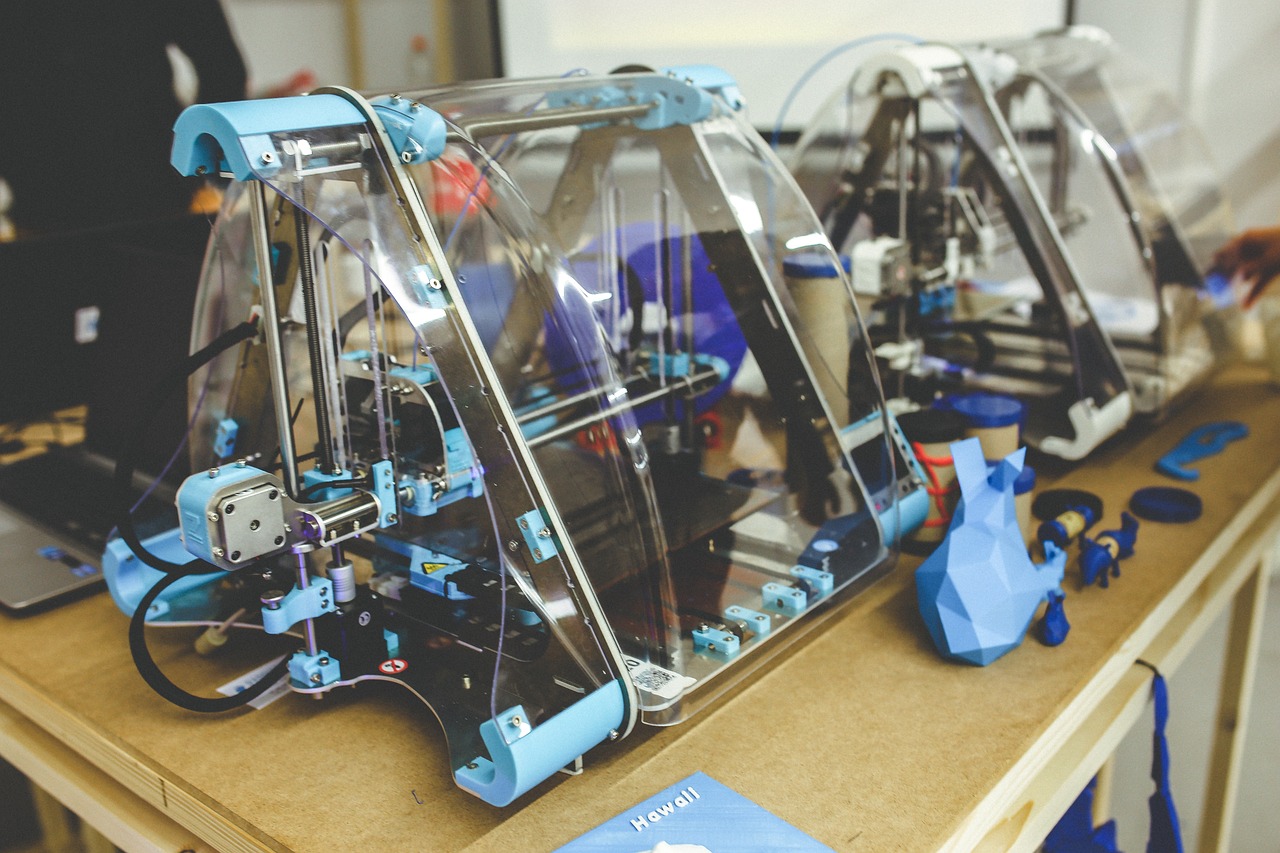Are you interested in 3D printing technology? If so, you may have heard of metal 3D printers, a relatively new innovation that has taken the world of manufacturing by storm. Metal 3D printers offer a range of advantages that traditional manufacturing methods can’t match, making them popular in industries ranging from aerospace to healthcare. In this article, we’ll explore what metal 3D printers are, how they work, and why they’re so powerful.
If you’re unfamiliar with 3D printing technology, it’s essentially a process that involves creating a 3D object by layering material on top of itself. This can be done using plastic, resin, metal, or other materials. Metal 3D printers allow you to create objects using metal instead of plastic or resin.
So how do metal 3D printers work? The process begins with creating a 3D model of the object you want to make, using computer-aided design software CAD. This model is then imported into the printer’s software, where it is sliced into thin layers. The printer uses a high-powered laser or electron beam to melt and fuse metal powder together, layer by layer, until the object is complete. The powder bed can be heated to prevent the creation of unwanted cracks by thermal contraction and residual stress.
One of the most significant advantages of metal 3D printers is their ability to create complex shapes that traditional manufacturing methods can’t match, such as lattice structures. This is because instead of molding or cutting metal, the printer can deposit metal exactly where it needs to go, layer by layer, with high precision. This is crucial in the aerospace and biomedical industries, where even seemingly small differences in shape and structure can have a significant impact on performance.
Another advantage of metal 3D printers is that they can create objects with much greater structural integrity and density than traditional manufacturing methods. This is because when metal is melted and fused together, the resulting object is free of the microscopic pores or defects that can weaken metal made through other methods. This strength makes metal 3D printers particularly well-suited for creating parts that need to withstand high stress or extreme conditions, such as those used in aircraft engines or surgical implants.
Metal 3D printers also offer a high degree of flexibility in terms of the materials they can work with. Depending on the printer, you can create objects using a range of metals, including titanium, steel, and aluminum, as well as metals that can be difficult or impossible to work with using traditional manufacturing methods, such as tungsten and nickel alloys.
While metal 3D printers offer a range of advantages, they also come with some drawbacks. One is cost; metal 3D printers can be much more expensive than traditional manufacturing equipment, although prices have been declining as the technology becomes more widespread. Another is speed; while metal 3D printers can create objects with incredible precision and complexity, they can also be slow, depending on the size and complexity of the object. Finally, like all 3D printers, metal 3D printers require some level of skill and expertise, and it can take time to master the software and hardware needed to create high-quality objects.
Metal 3D printers are a recent innovation that has transformed the world of manufacturing. They offer a range of advantages that traditional manufacturing methods can’t match, from the ability to create complex shapes to the structural integrity and density of the resulting objects. While they come with some downsides, such as cost and speed, the benefits of metal 3D printers make them an increasingly popular choice in a range of industries. So whether you’re looking to create aircraft parts, biomedical implants, or anything in between, a metal 3D printer may be just what you need to take your manufacturing to the next level.

No Comments